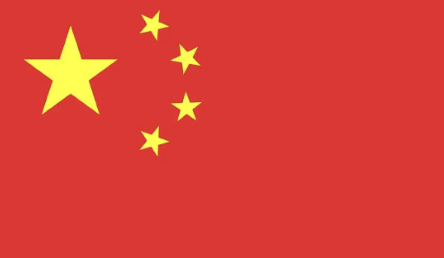Doumian Gao, also known as “donkey rolls,” is one of the oldest Beijing snacks. It is made from steamed yellow rice flour mixed with a little extra water to make it softer. The dough is then rolled out and coated with soybean flour. The filling is usually red bean paste (or brown sugar), rolled up, cut into 100-gram pieces, and sprinkled with sugar. When making it, it is important to roll the filling evenly with distinct layers and a yellow appearance. It is characterized by its fragrance, sweetness, stickiness, and rich soybean flour aroma.

Doumian Gao (donkey rolls) is called Doumian Gao because its main ingredient is soybean flour. But why is it also called “donkey rolling in the mud”? It seems to be an image metaphor. After it is made, it is rolled in the soybean flour, just like a real donkey rolling in the mud in the countryside, raising dust, hence the name. This has also been questioned by previous people. The “Yandu Small Food Miscellaneous Rhymes” says: “The brown sugar filling is skillfully arranged, and the yellow dough is buried in the beans. What is the point of the collective name ‘donkey roll’? It’s almost too humorous.” It also says, “Soybeans are mixed with sticky rice, steamed, wrapped in brown sugar filling, rolled in fried bean flour, and sold on a plate. The name ‘donkey roll’ is truly incredible.” It can be seen that the name “donkey roll” has become established.
Nowadays, many people only know the common name and do not know its proper name. It is now served all year round in snack bars, but most no longer use yellow rice noodles and have switched to glutinous rice noodles. It is still yellow in color because it is rolled in soybean flour noodles, and it is a very popular snack among the masses.
Phoenix Lee https://chinese-tradition.com/beijing-doumian-gaodonkey-rolls.html
